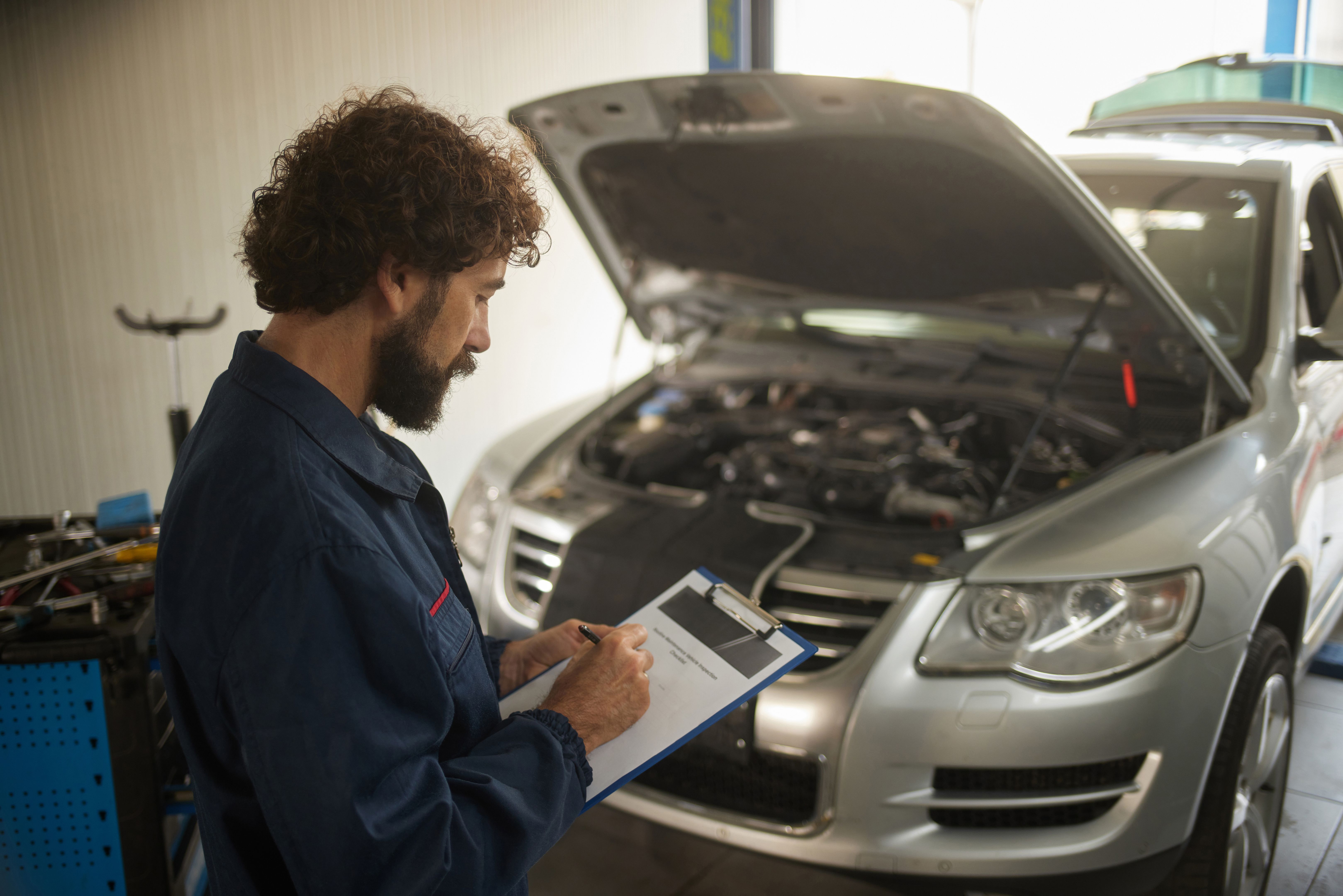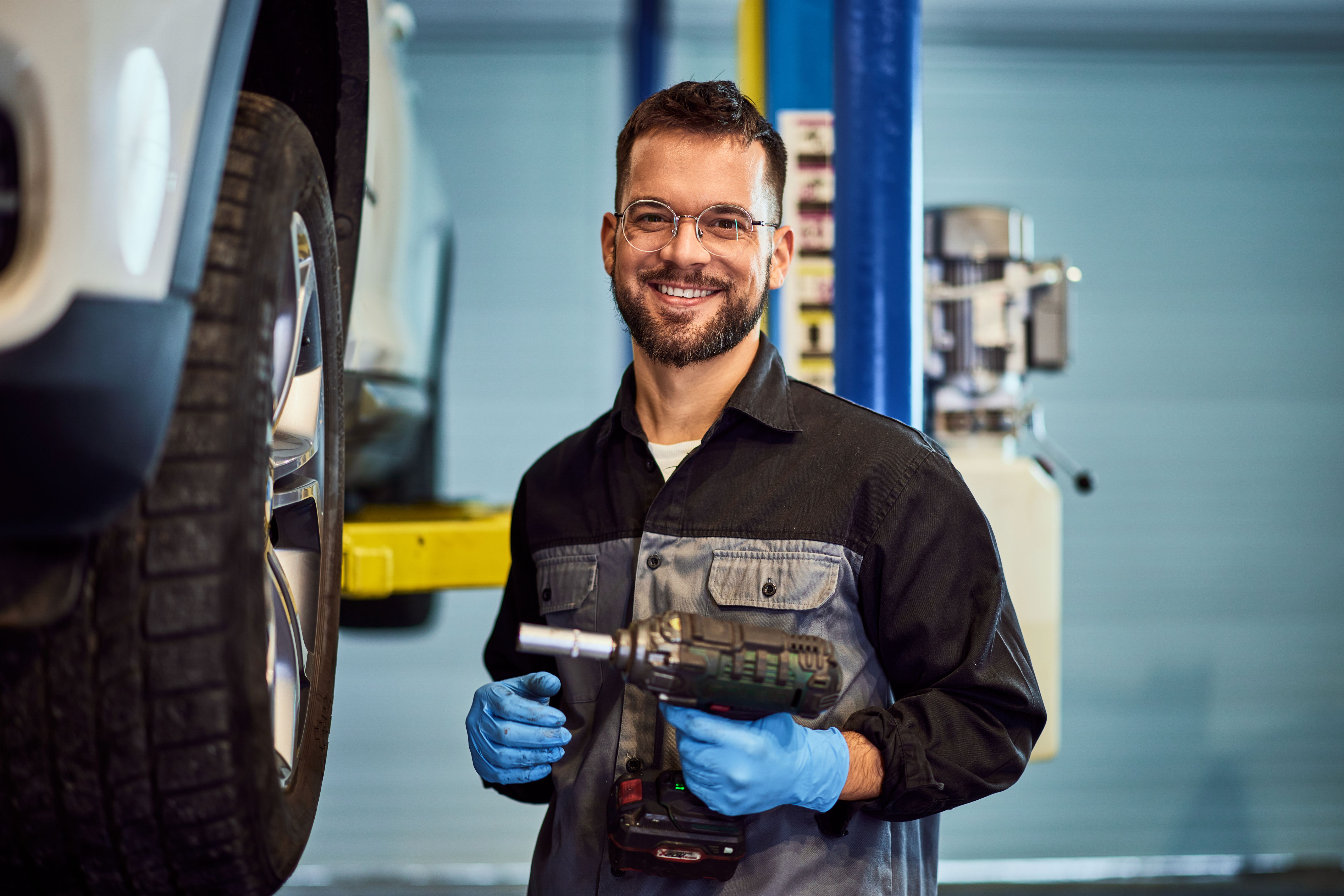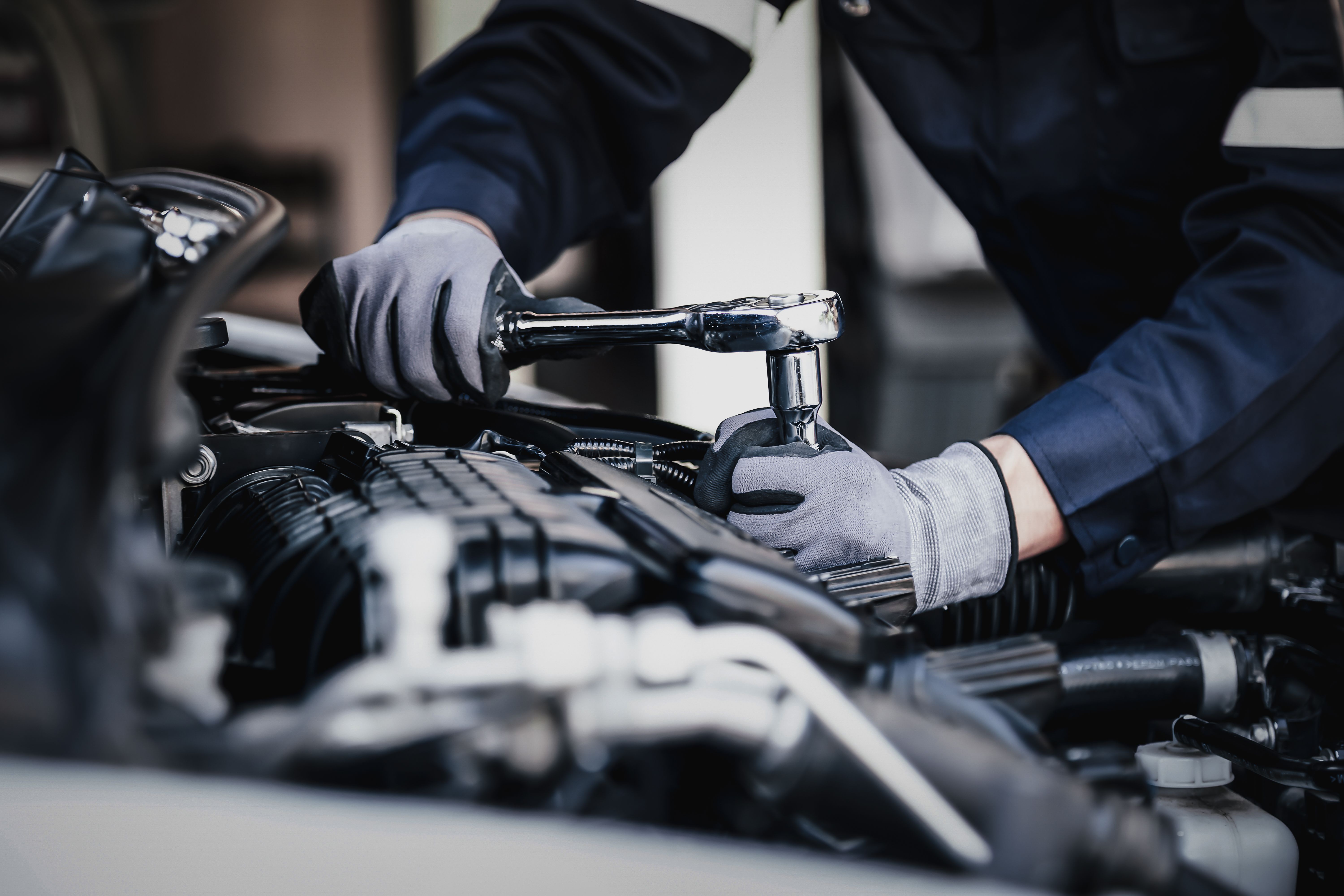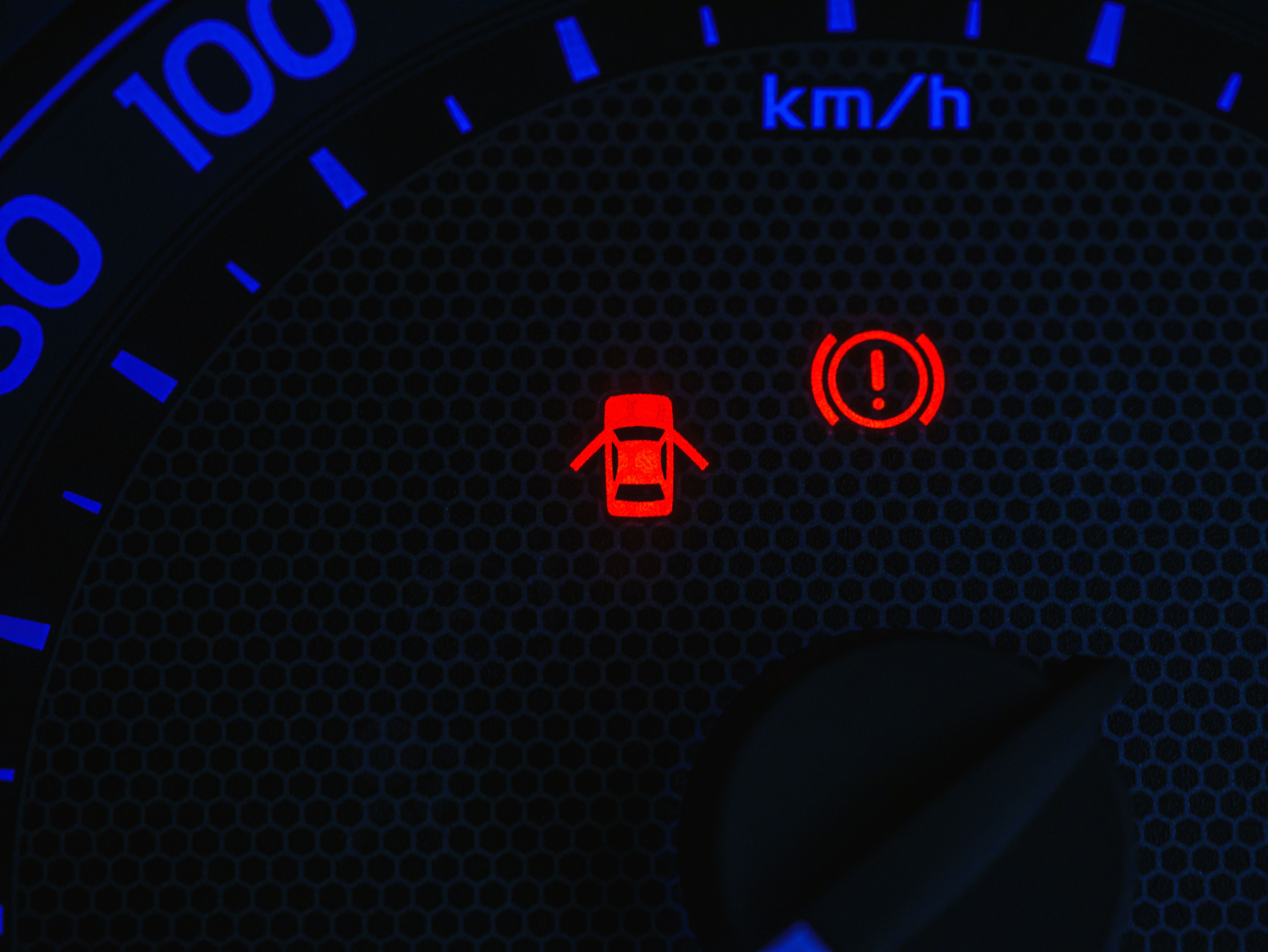Navigating the World of Original and Fake Spare Parts
RR
Understanding the Difference Between Original and Fake Spare Parts
When it comes to vehicle maintenance or repair, selecting the right spare parts is crucial. The market is flooded with a wide range of options, and distinguishing between original and fake parts can be challenging. Original parts come directly from the manufacturer and are designed to fit your vehicle perfectly, while fake parts are often substandard copies.
The most significant difference lies in the quality and longevity of the parts. Original parts tend to be more durable and reliable, as they are made with high-quality materials and undergo rigorous testing. In contrast, fake parts might save you money upfront but could lead to more significant expenses in the long run due to frequent replacements and potential damage to your vehicle.

Identifying Original Spare Parts
Identifying original spare parts requires a keen eye and some research. Here are a few tips to help you distinguish them:
- Check the packaging: Original parts usually come in branded packaging with clear labels and barcodes.
- Look for holograms or seals: Manufacturers often use holograms or seals as authenticity marks.
- Compare prices: If the price seems too good to be true, it probably is. Original parts are generally priced higher due to their quality.
Additionally, purchasing from authorized dealers or reputable retailers can minimize the risk of ending up with counterfeit products. These sellers have established relationships with manufacturers, ensuring that you receive genuine parts.

The Risks of Using Fake Spare Parts
Using fake spare parts can pose significant risks to both your vehicle and your safety. These parts might not fit correctly, leading to operational issues or even breakdowns. Moreover, they can compromise the integrity of other components, potentially resulting in more extensive damage.
Safety is another major concern. For example, using counterfeit brake pads can severely affect your vehicle’s stopping power, putting you and other road users in danger. It's crucial to prioritize your safety by investing in quality spare parts.

How to Source Reliable Spare Parts
Sourcing reliable spare parts begins with choosing the right supplier. Here are some steps you can take:
- Research suppliers: Look for reviews and testimonials online to gauge the reputation of the supplier.
- Verify credentials: Ensure that the supplier is authorized by the manufacturer to sell their parts.
- Request documentation: Ask for certificates of authenticity or any documentation that verifies the part's origin.
By following these steps, you can reduce the risk of purchasing counterfeit parts and ensure that your vehicle remains in top condition.
The Cost-Benefit Analysis of Original vs. Fake Spare Parts
While original parts may seem more expensive initially, they often provide better value in the long term. The higher upfront cost is offset by their durability and reliability, reducing the need for frequent replacements. This not only saves money but also ensures your vehicle operates at optimal performance.
On the other hand, fake parts might offer short-term savings but can lead to higher costs due to frequent replacements and potential damage to other components of your vehicle. Performing a cost-benefit analysis can help you make an informed decision that aligns with your budget and maintenance needs.

Conclusion
Navigating the world of spare parts requires diligence and an understanding of the potential pitfalls of counterfeit products. By prioritizing quality and authenticity, you can ensure that your vehicle remains safe and functional for years to come. Remember, investing in original spare parts is an investment in your vehicle's longevity and your peace of mind.